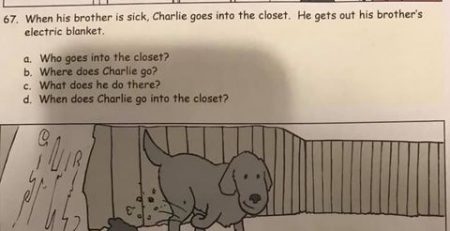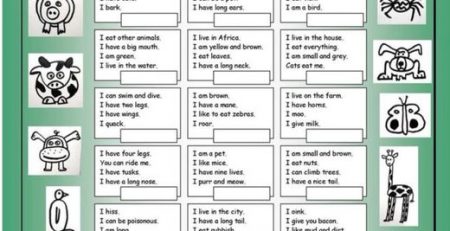How to use consequences effectively
One of the most important things about consequences is to use them as a response to your child’s behaviour, not to your child herself. This way your child will know that she’s loved and she’s safe – even when you’re using consequences.It’s OK if your child doesn’t change his behaviour straight away. You might need to use consequences a few times before your child learns to behave differently.Here are some other ways to make consequences more effective.Make consequences clear and consistent If children clearly understand what you expect them to do, and you regularly encourage them for doing it, they’re less likely to do things that require negative consequences. Having a clear set of family rules can make expectations clear for everyone.Wherever possible, explain consequences ahead of time so they don’t come as a surprise. If you talk to your child about possible consequences, he’s less likely to be resentful and angry when you put consequences into action. This approach helps children feel heard and more open to your guidance.If you use consequences in the same way and for the same behaviour every time, your child knows what to expect. For example, you might always use a time-out for hitting.It’s also important to apply negative consequences to all children in the family. Even very young children will be upset if they see other children not being treated in the same way as them.Keep consequences shortThe advantage of short consequences is that you quickly give your child an opportunity to try again and to behave in a way that you like.For example, if you turn off the television for 10 minutes because children are fighting over it, they quickly get another opportunity to solve the problem in a different way. If it’s turned off for the rest of the day, there are no more opportunities that day for them to learn to manage the situation differently.And a long consequence can end up being worse for you than for your child – for example, a child deprived of her bike for a week is likely to get bored and cranky!Get the timing rightIt’s good to warn your child before you use a consequence. This gives him a chance to change his behaviour.For example, ‘Guys, this yelling is just too loud for me! If you can’t work out what to watch on TV without screaming at each other, I will turn it off for 10 minutes’. Beware of not following through – this can send the message that you’re ‘all talk but no action’.The exception to giving a warning before a consequence is where you have a well-established family rule. There might be important rules where a consequence immediately comes after your child breaks the rule.When you do need to follow through with a consequence, it will work better if the consequence happens as soon as possible after the behaviour.But it’s best not to impose a consequence immediately if you’re feeling very angry because you might overreact or be too harsh. Instead, say something like ‘I’m feeling very angry at the moment. We’ll talk about this again in a couple of minutes when I’m feeling calmer’.Adjust consequences to children’s needs and abilitiesReserve consequences for children over three years. Children younger than this don’t really understand consequences, particularly if they don’t understand the connection between their actions and the outcomes of those actions. Consequences just feel unfair to them. It pays to implement consequences calmly and in a neutral tone. Try not to make it personal. So instead of talking about your child being ‘bad’ or ‘naughty’, talk about the rules and your child’s behaviour. Getting very angry or frustrated can make your child more likely to think about how cross you are – which can be entertaining, scary or exciting – than to learn from the situation.










Leave a Reply